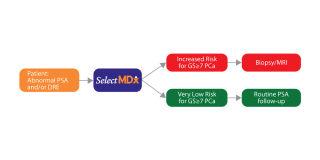What causes urinary incontinence?
Women are twice as likely as men to experience incontinence due to pregnancy, childbirth, and menopause. Weak bladder muscles, overactive bladder muscles, and nerve damage also contribute to this condition.
Incontinence Types
The most common types of incontinence are:
- Stress
- Urge
- Overflow
- Mixed
Stress incontinence causes urine leaks in reaction to coughing, sneezing, laughing, exercising, or heavy lifting. Stress incontinence is usually caused by weak pelvic muscles. It’s by far the most common incontinence type and can be effectively managed and even cured.
Urge incontinence brings on sudden, intense urges to urinate, sometimes leading to an involuntary loss of urine. These urges may be frequent and occur throughout day and night. Urge incontinence is typically the result of an overactive bladder. While more common in the elderly, urge incontinence isn’t a normal part of aging and should be treated.
Mixed incontinence describes experiencing more than one type of urinary incontinence, for example stress and urge incontinence.
Treatment Options
When incontinence begins to affect your daily activities, it’s time to take control of your bladder. Incontinence is a common and treatable condition that can be completely cured.
In many cases simple lifestyle changes or medication may ease the symptoms. For some patients with stress and mixed incontinence, non-invasive laser therapy can bring lasting relief by tightening and strengthening the pelvic floor. Our female incontinence specialists will help determine if Incontilase is the right treatment option for you.





